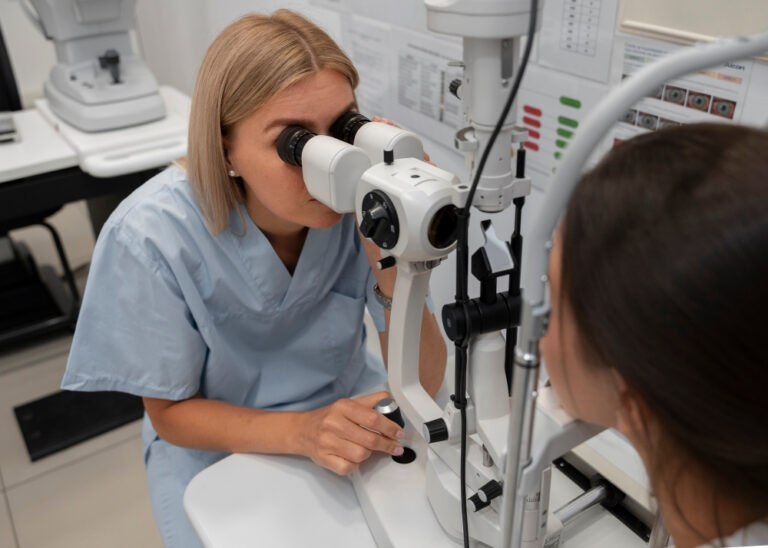Medical Malpractice Incidence: How Common is it?
Medical malpractice is a surprisingly common issue that affects many people across the country. At LawOfficeOfBrianKelly, we understand the emotional and financial toll that medical errors can take on families. That’s why, even though we’re experienced divorce lawyers, we believe it’s important to raise awareness about this critical issue. In this article, we will delve into the frequency of medical malpractice cases and the impact they have on individuals and families.
As stated in a study by Johns Hopkins, medical errors are the third leading cause of death in the U.S., responsible for about 250,000 deaths yearly. This shows that medical malpractice is quite common. The study can be found in the BMJ journal.
Introduction to Medical Malpractice
Medical mistakes can happen in places like hospitals, clinics, and doctor’s offices. Examples include wrong diagnoses, surgery errors, medication mix-ups, and not getting proper patient consent. People affected by these mistakes might suffer physically, emotionally, and financially because of the carelessness involved.
By definition, to prove a medical malpractice case, a patient has to show that the healthcare provider didn’t follow accepted medical practices, that this failure caused harm, and that there were resulting damages. These cases can be difficult and usually need help from medical and legal experts. If someone thinks they’ve been hurt by medical malpractice, they should talk to a lawyer to find out how they can get compensation and make those at fault accountable.
Statistics on Medical Malpractice Cases
In the U.S., a Johns Hopkins study estimates that over 250,000 deaths per year are attributed to medical errors, making it the third leading cause of death after heart disease and cancer.
In short, statistics show that these cases are pretty rare, with only a small number of healthcare workers facing malpractice claims each year. However, when they do happen, they can have serious effects on both patients and doctors. Studies show that various things can lead to medical malpractice, like wrong diagnoses, surgical mistakes, medication errors, and poor communication between doctors and patients.
So to speak, the results of these cases can be very different, with some patients getting compensation through settlements or court decisions, while others struggle with the complicated legal system. It’s important for healthcare providers to always aim for top-notch patient care to lower the risk of malpractice and keep patients safe.
Common Causes of Medical Malpractice
Medical malpractice often stems from misdiagnoses, surgical errors, or medication mistakes, highlighting the complexities and risks in healthcare.
All in all, medical malpractice can happen for several reasons. Miscommunication between doctors and nurses can lead to mistakes in diagnosing or treating patients. Sometimes, healthcare providers may be negligent or careless, such as not following the proper procedures or failing to keep a close eye on a patient’s condition. Lack of training or experience, as well as exhaustion or burnout among healthcare workers, can also lead to errors.
Poor record-keeping can cause mistakes in the treatment or medication given to patients. In some cases, procedures or treatments are done without the patient fully understanding or agreeing, which is also a form of malpractice. Issues within the healthcare facility, like not enough staff or old equipment, can add to the problem.
The effects of medical malpractice can be very serious, resulting in physical harm, emotional pain, and financial troubles for patients. Doctors and nurses need to be careful and put patient safety first to avoid these mistakes.
Consequences of Medical Malpractice
By definition, medical malpractice can lead to physical injuries, infections, complications, or even death. It can cause long-term disabilities or ongoing health problems that affect a person’s quality of life. Besides the physical effects, malpractice can also hurt people emotionally and financially. Patients might experience trauma, anxiety, depression, or other mental health issues because of the errors. They may face high medical bills for extra treatments, medications, or therapies needed to fix the problems caused by the malpractice.
Sometimes, patients can’t work or look after themselves, which results in lost income and independence. Such incidents can damage trust in doctors and the healthcare system. Patients may have to deal with legal fights, insurance issues, and other hurdles to get justice and compensation.

The End Note
As previously stated in light of the research and statistics presented, it is evident that medical malpractice is unfortunately a relatively common occurrence.
What LawOfficeOfBrianKelly is recommending to go ahead with is, the frequency of such incidents highlights the need for continued vigilance, accountability, and improvement within the healthcare system to ensure patient safety and quality care.
References
- “Medical Malpractice: A Physician’s Sourcebook” by Richard E. Anderson, American Medical Association
- “Medical Malpractice Claims Investigation: A Step-By-Step Guide” by Barry Smith, Jones & Bartlett Learning
- “The Medical Malpractice Myth” by Tom Baker, University of Chicago Press







